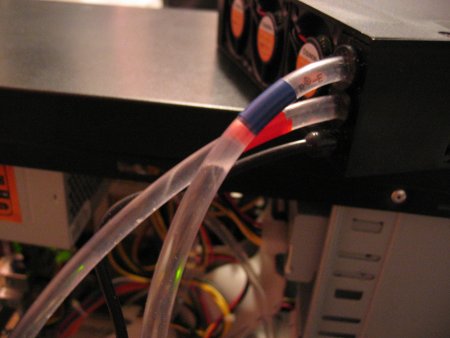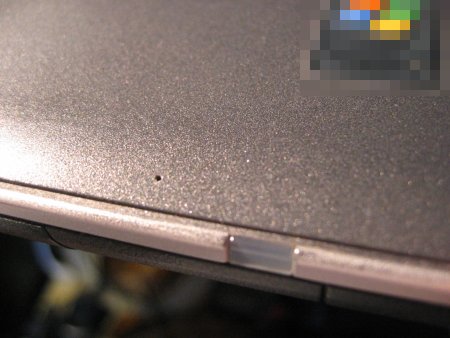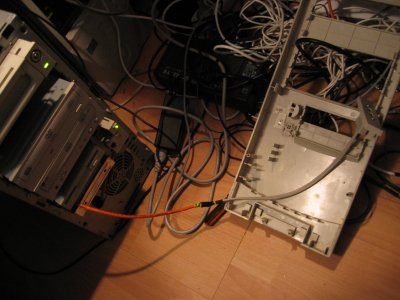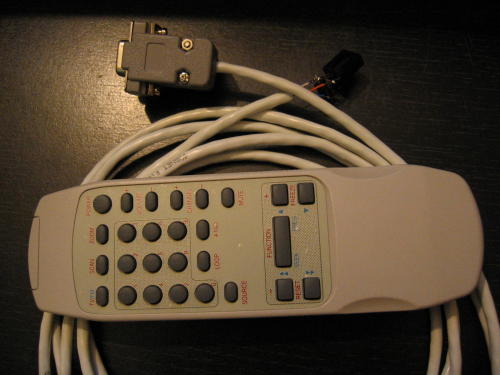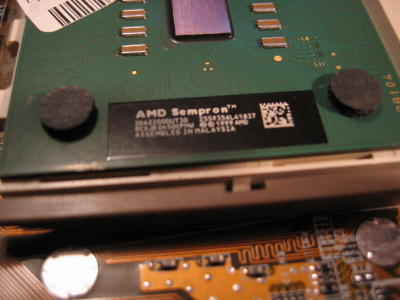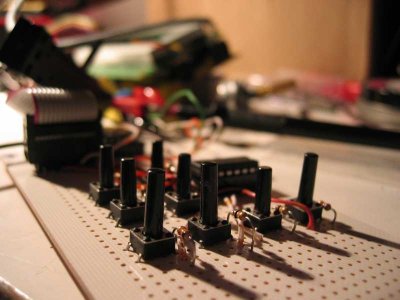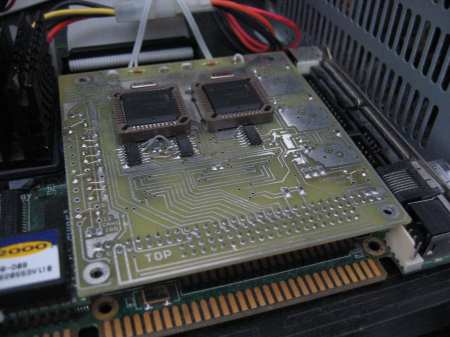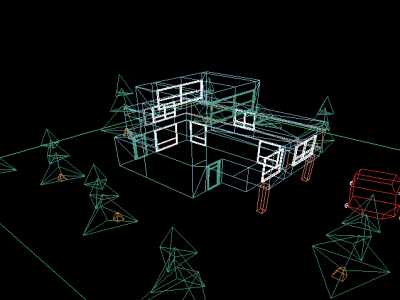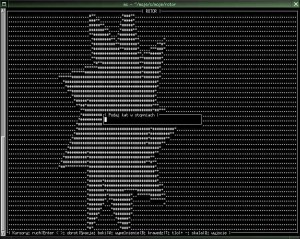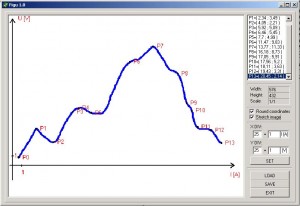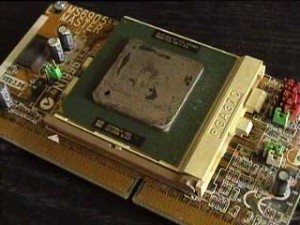The new Microsoft Windows Vista/7 brought also new revolution to the installer and bootloader components. If you are in that group who gets their OS preinstalled on the computer and no backup DVD is attached, then you have really bad luck.
If MBR gets modified Windows won’t boot anymore, unless you use installer disk to fix the bootstrap. But hey – you may ask – where is my installer disk, I only got the preinstalled system with rescue partition on the hard drive! So if you dare to install BSD, Linux, or any OS other than Windows, beware and get the installer disk first. Also note that this is not Microsoft duty to provide that system disk, but the Manufacturer, so good luck with getting back what you paid for.
The other issue in Microsoft Windows Vista/7 installer is the nasty welcome screen that lets you select the language for further installation – but, in fact, there is no “Next” button and the list is “one click”, so if you click anything except your language on the list, there is no other choice but to use this foreign language for the installation process – because there is neither “Back” nor “Restart” button (like in the FreeBSD and Linux installers) on the following screen. You can only reboot the computer and wait few more minutes for the installer to load again… assuming that you have the disk and won’t click anything wrong on the welcome screen ;-)
Ah, by the way – you won’t get into fixing the previous installation if the active partition has changed and does not point to windows installation anymore. Also be prepared and download Ethernet Adapter drivers because fresh install does not contain any of them bundled, so in order to download all of the drivers you need at least network up and running. So called “backup disk” contains only system, no drivers.
Now tell me who really creates piracy?

